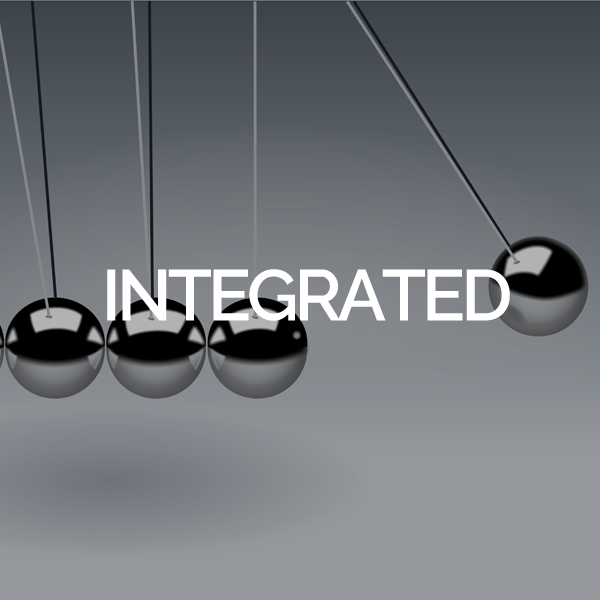Planning, its all about control
Central to management is the ability to exert control, which is why some say when it comes to planning its all about control. However, doing this reactively in response to emergent events or unexpected deviations is both uncomfortable and stressful. What we need to be able to do, to reduce this stress, is predict what we think the situation should be so that we can respond appropriately if it is not as expected. This is where the concept of the plan becomes most valuable. An almost completely hypothetical projection of how we expect the future to unfold is used as a comparator with the real-time monitored performance of the initiative – the delta between the two informs our control input decisions and actions.
The monitoring of actual performance against the plan is therefore crucial; it is this that tells us when the deviation has become sufficient to start to impose control measures. If we can’t see when deviation is starting to occur, then we are not able to take timely corrective actions. But herein lies a secondary problem, there is no shortage of things that demand our attention or which we could monitor. So, in part, it is important to identify what we need to control so that we can establish what form of monitoring is necessary and focus our attention on monitoring those few things as efficiently and accurately as possible.
Ultimately, for effective control, we need to be able to answer the question of do we need to press the metaphorical brake or the, equally metaphorical, accelerator? This question can only be answered by monitoring and comparing our present situation with an expectation of what we thought our present situation should be. It is that expected performance that is laid down in the plan to allow us to gauge the necessity for and extent of our control inputs.
The nearer (in terms of spotting and addressing deviations from expected or required behaviour) we can put our control inputs to the behaviour we are trying to alter, the smoother and less stressful our management becomes. Perhaps idealistically the aim would be to have low-tolerance autonomous control mechanisms (like cars’ cruise controls or water cylinder thermostats) which require no management monitoring and control. But many systems, particularly around the human elements of a project environment, can’t readily be subjected to such mechanisms.
In any event, what we need to have control of is a crucial point of understanding. Just as we have a lot of potential things we could monitor, so too numerous things we can exert control over exist. Just think of a car; the obvious things are road speed (controlled through accelerator and brake) direction (steering wheel), engine speed (gears, accelerator, and road speed), less obviously, cabin temperature (climate control system), navigation and entertainment (infotainment system), communications (indicators, horn, and onboard computer), fuel and other systems condition (petrol gauge and other instruments) and so on. Just as in a project, lots of stuff that needs to be sorted out, included, excluded, or prioritised before we can start planning. Not all, of course are equally important or constantly important; so which matter and why is an early question as we start to think of planning.
This is, of course, context dependent – in our driving example we might completely sacrifice the control of fuel consumption because we face a time-critical emergency and speed trumps other considerations such as economy. It seems obvious to say that in a time critical project we should have control of the timeline or, should the project be resource constrained, that we need control of the budget (or whatever the resource is). But, to look at it in a more nuanced way, if we accept that Critical Success Factors are just that, critical, then we really must surely have control over the mechanisms that achieve them. Equally, where high levels of cost, benefit or business risk are present, wouldn’t we want to ensure that appropriate controls were in place?
So, before planning can start, we really need to understand the project’s ‘context’; what matters most in the hierarchy of constraints? What are the senior stakeholders’ needs and expectations? Which risks give greatest cause for concern? With context understood we can start planning because we should know what we are going to need control of. For example, in July 2007 London won the bid for the 2012 Olympic Games. From that point, until delivery was completed, it was clear that the need for schedule control was imperative – The Queen and James Bond, not to mention the rest of the watching world, couldn’t be asked to delay their participation if we’d lost control of the schedule! Critical Path Analysis and an abundance of milestones would have represented the key concepts in the plan.
Conversely, if you were to be asked to manage the project for the next generation of ejector seat, focusing on the control of the timeline might be counterproductive. Surely the focus of control, and therefore the plan, would need to be on quality assurance – after all, if the final product doesn’t behave as expected, it will spoil someone’s whole day! Thus, the process inputs, quality of materials and resources along with the product design and development lifecycles would predominate.
So, the long and short of it is that prior to jumping into planning it is important to understand where you need to be able to exert control such that an appropriate plan can be built. Starting with a Gantt chart simply won’t do this.
CAPABILITY DEVELOPMENT
CITI develops and evolves the project, programme and portfolio management capability and talent available to organisations to deliver change. We are a single destination for clients who want to improve their organisational capability development in order to deliver change more successfully.
CONSULTANCY SERVICES
Our team of consultants are highly qualified to help organisations successfully manage transformation programmes, complex projects and the change impacts that result. Indeed, within our project management consultancy they have all been in senior roles across diverse organisations, managing change through programmes and projects.
TRAINING COURSES
Our management training courses include – masterclasses, accredited / qualification-based training courses and CITI’s own Beyond Method learning events. All are specifically designed to improve the leadership skills, capability and talent within those organisations that depend upon programmes and projects to thrive, change and innovate.
CAPABILITY ASSESSMENT
With the promise of more predictable delivery and benefits achievement, having the right people in the right place at the right time is the key to success. This involves recognising, and then realising, the full potential of individuals and teams by using our project management capability assessment framework services.
WHY CHOOSE CITI
CITI Limited is one of the first, and longest standing, niche consultancies that has led the charge in developing change and project management thinking and essential supporting tools. These are consistently used to assist very capable and intelligent people within a variety of sectors (including IT, communications, financial services, government, and the infrastructure sector), who are undisputed experts in their own disciplines, but need understanding of the project world and how to successfully implement change and new ideas both effectively and efficiently.

Nick Dobson, Principal Consultant
Nick is a highly experienced consultant in project and programme management and the sponsorship of such initiatives.
A practitioner, with over 25 years of experience, he has been deeply involved in projects, throughout the lifecycle, as well as discharging operational management functions in a variety of sectors. Nick can be contacted via email at NDobson@citi.co.uk







